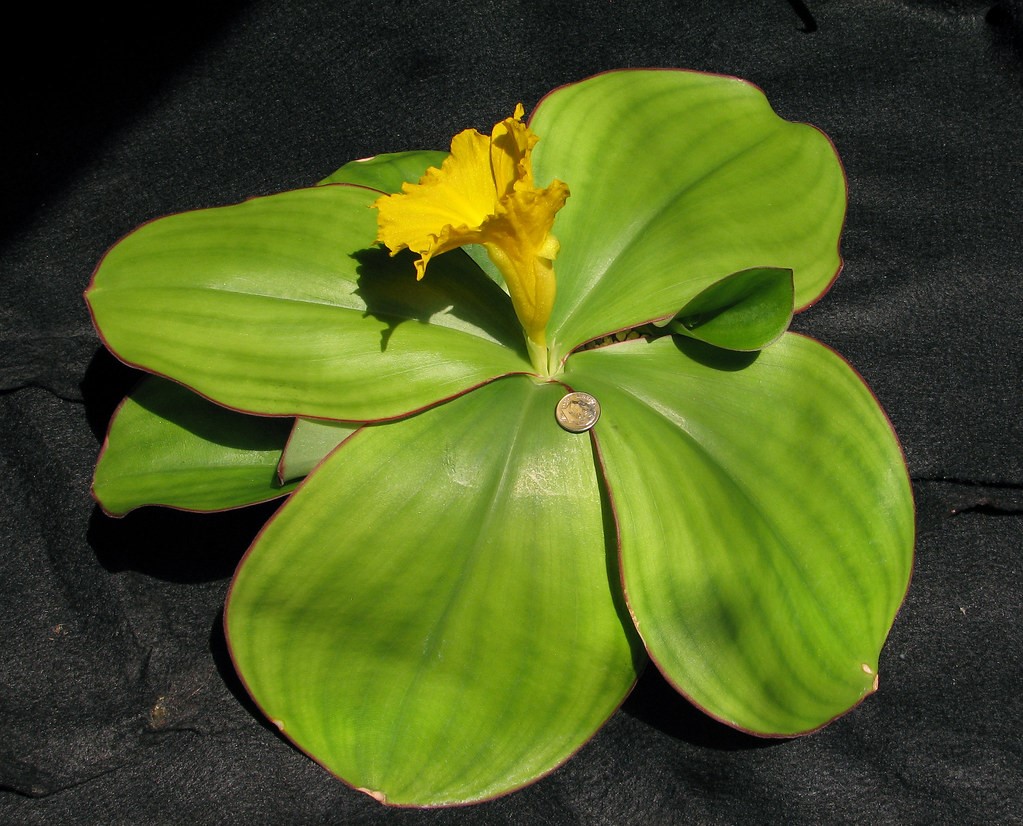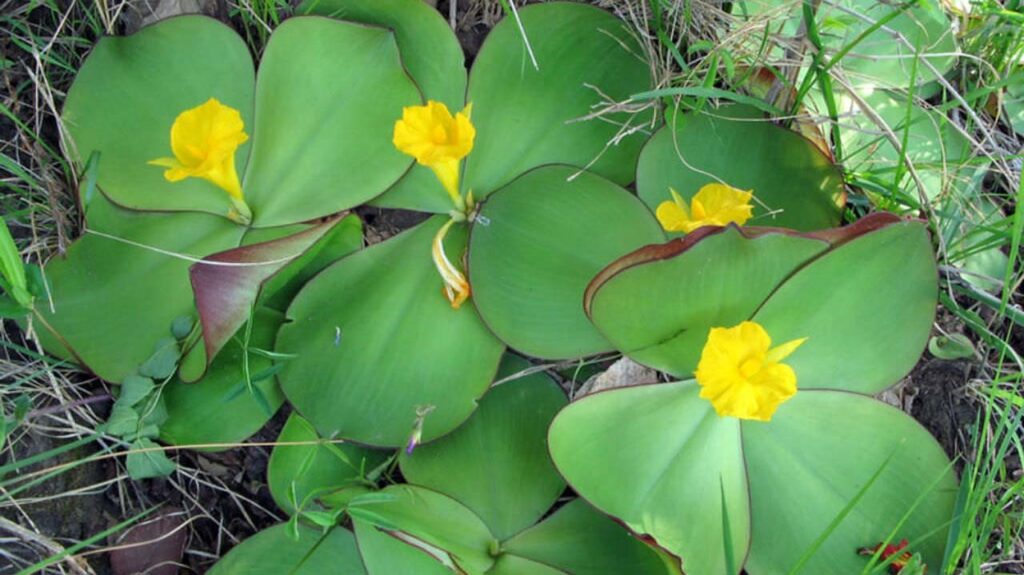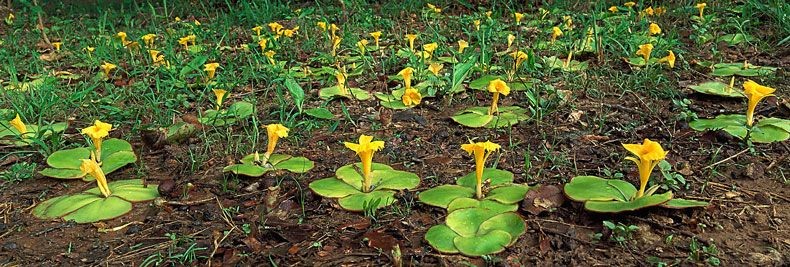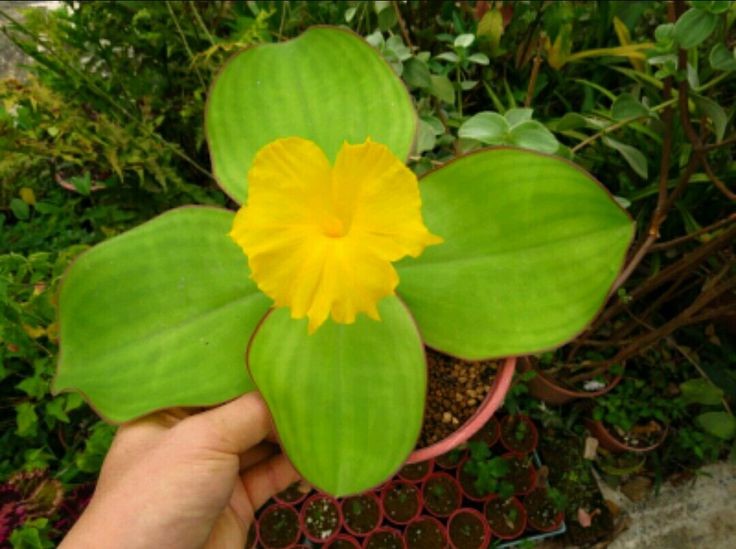
ORIGIN OF NATIONAL FLOWERS
Flowers grow everywhere and it’s only natural for some species of flower to grow in certain regions of the world due to their climate and natural habitats. National flowers, also known as floral emblems or state flowers, are specifically chosen to represent a country’s natural beauty, culture, and uniqueness. The selection of a national emblem is influenced by various factors such as the flower’s popularity in the country, the country’s landscape, historical significance, and cultural symbolism.

NIGERIA’S NATIONAL FLOWER
Nigeria is also known as the giant of Africa and the most populous black nation with an estimated population of over 200 million people located in West Africa. Nigeria is home to a lot of plants with over 7,000 plant species out of which over 5,000 are natives.
The national flower of Nigeria is the Yellow Trumpet, scientifically known as Costus spectabilis. This vibrant and beautiful flower is native to West Africa, and it is commonly known for its striking yellow bloom. It represents the uniqueness, prosperity and beauty of the country.
Costus Spectabilis also known as the Yellow Trumpet belongs to the Costaceae family. There are over 100 species belonging to the Costaceae family. They are all tropical and grow in various continents of the world such as Africa, Asia, America, and Australia. It is an herbaceous perennial plant and flowers several weeks before its leaves appear. The plant typically grows up to 2 meters (around 6.5 feet) in height and features spirally arranged leaves and beautiful yellow flowers. This flower blooms from March to October but it has been misrepresented with a red color on the Nigerian coat of arms.
LANDSCAPING WITH COSTUS SPECTABILIS


Costus Spectabilis is sometimes harvested in the wild for local use of its edible leaves. It is also cultivated for its aesthetic appeal and it’s sometimes used in gardens for landscaping and as potted plants. Its distinctive yellow flower and curved-like leaves make it a popular choice for adding color and visual interest to tropical and subtropical gardens.
Nigeria’s climate is mostly tropical in the South and central regions with hot and semi-arid climate in the north with variable rainy and dry seasons. Planting Costus Spectabilis just like other tropical plants is easy in Africa. Some conditions for growing a healthy Costus Spectabilis are:-
Soil: a light draining soil is a great option.
Light:- Some species love full sunlight while others love the shade with minimal light and moist soil and tropical climate.
Fertilizer: They are heavy feeders during their growth season and should be fed weekly with weak liquid fertilizer.
Water: They love water and should always be watered regularly to keep the soil moist.
Costus spectabilis is a bright and beautiful flower that should become popular in Nigeria by the government and its people. It can be made popular by talking more about it, using it at various functions, landscaping at strategic places in the country, and conducting more research on its health significance.
Please kindly share your idea on how Costus Spectabilis can be more popular in Nigeria.

